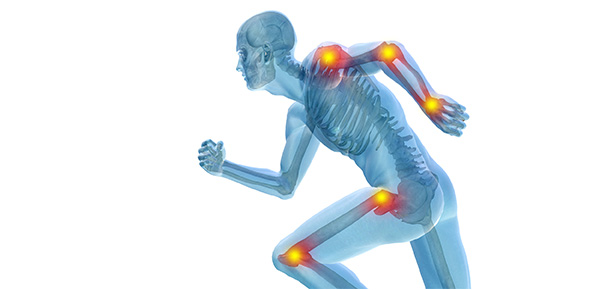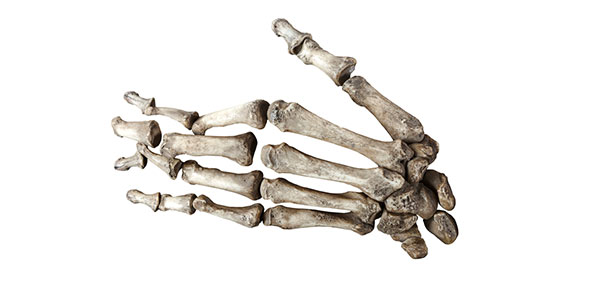Related Flashcards
Cards In This Set
| Front | Back |
|
MEMBRANE TRANSPORT
Homeostasis primarily involves the regulation of the:
|
MEMBRANE TRANSPORT
Ions need to be regulated for normal neuron
function. A state of relative constancy of the internal environment is
known as homeostasis, maintained by negative feed- back loops
|
|
MEMBRANE TRANSPORT
Homeostasis is a term which describes the
process whereby the body:MEMBRANE TRANSPORT
|
MEMBRANE TRANSPORT
Body maintains a constant internal environment.
|
|
Interstitial
fluid is:
|
MEMBRANE TRANSPORT
a solution that bathes and surrounds the cells of multicellular animals. It is the main component of the extracellular fluid, which also includes plasma
and transcellular fluid.
|
|
MEMBRANE TRANSPORT
Energy is required for:MEMBRANE TRANSPORT
|
Active Transport and Cellular
respiration: the metabolic
process by which an organism
obtains energy by reacting oxygen with
glucose
to give water,
carbon
dioxide and ATP (energy). MEMBRANE TRANSPORT
Ventilation and gas transport require energy to power a mechanical pump
(the heart)
and the muscles of respiration, mainly the diaphragm. In heavy breathing, energy is
also required to power additional respiratory muscles such as the intercostal muscles.
|
|
MEMBRANE TRANSPORT
Cells placed in hypotonic solutions will:
|
Gain water
|
|
MEMBRANE TRANSPORT
Active transport:
|
MEMBRANE TRANSPORT
is the movement of a substance against its concentration gradient using
energy.
|
|
MEMBRANE TRANSPORT
The NA+/K+ pump:
|
MEMBRANE TRANSPORT
Prevents the
dissipation of the concentration gradient for Na+. MEMBRANE TRANSPORT
The Na+/K+ pump illustrates "active transport" since it moves
Na+ and K+ against their concentration gradients.
|
|
MEMBRANE TRANSPORT
Secondary active transport:
|
MEMBRANE TRANSPORT
Couples the movement of a substance up its concentration gradient to
another ion that is moving down its electrochemical gradient which was
established earlier using cellular energy (ATP).
|
|
MEMBRANE TRANSPORT
Blocking voltage-regulated Na+
channels:
|
MEMBRANE TRANSPORT
For
the voltage-gated sodium channel to open and allow sodium into the cell, the activation
and inactivation gates must both be open.
|
|
MEMBRANE TRANSPORT
Action potentials:
|
Are short-lasting event in which the electrical membrane potential of a cell rapidly rises and falls, following a stereotyped trajectory. The opening of voltage-regulated channels produces an action potential. Stronger stimuli produce action potentials with greater frequency. One action potential serves as the depolarization stimulus for production of the next action potential in the axon. In unmyelinated axons, action potentials are produced fractions of a micrometer apart. In myelinated axons, action potentials are produced only at the nodes of Ranvier. This saltatory conduction is faster than conduction in an unmyelinated nerve fiber.
|
|
During an action potential:
|
Depolarization to threshold or above > increased gNa+ (Na+ conductance) > Na+ influx > increased gK+ > K+ efflux
|
|
Action potentials can code for stimulus intensity by:
|
Nerve cells code the intensity of information by the frequency of action potentials. When the intensity of the stimulus is increased, the size of the action potential does not become larger. Rather, the frequency or the number of action potentials increases.
|
|
Neurotransmitters :
|
Calcium triggers neurotransmitter release from the presynaptic neuron. A chemical contained in synaptic vesicles in nerve endings that is released into the synaptic cleft, where it causes the production of either excitatory or inhibitory postsynaptic potentials.
|
|
Acetylcholine can induce hyperpolarization by:
|
ACh causes a hyperpolarization known as an inhibitory postsynaptic potential, or IPSP. The binding of ACh to its muscarinic receptors indirectly affects the permeability of K + channels. This can produce hyperpolarization in some organs (if the K+ channels are opened). Hyperpolarization, slowing rate of spontaneous depolarization, mechanism: ACh activates G-protein coupled receptor, opening channels for K+ Outward diffusion of K+ results, slowing the heart rate.
|
|
Acetylcholine (ACh)
|
An acetic acid ester of choline—a substance that functions as a neurotransmitter chemical in somatic motor nerve and parasympathetic nerve fibers.
|







